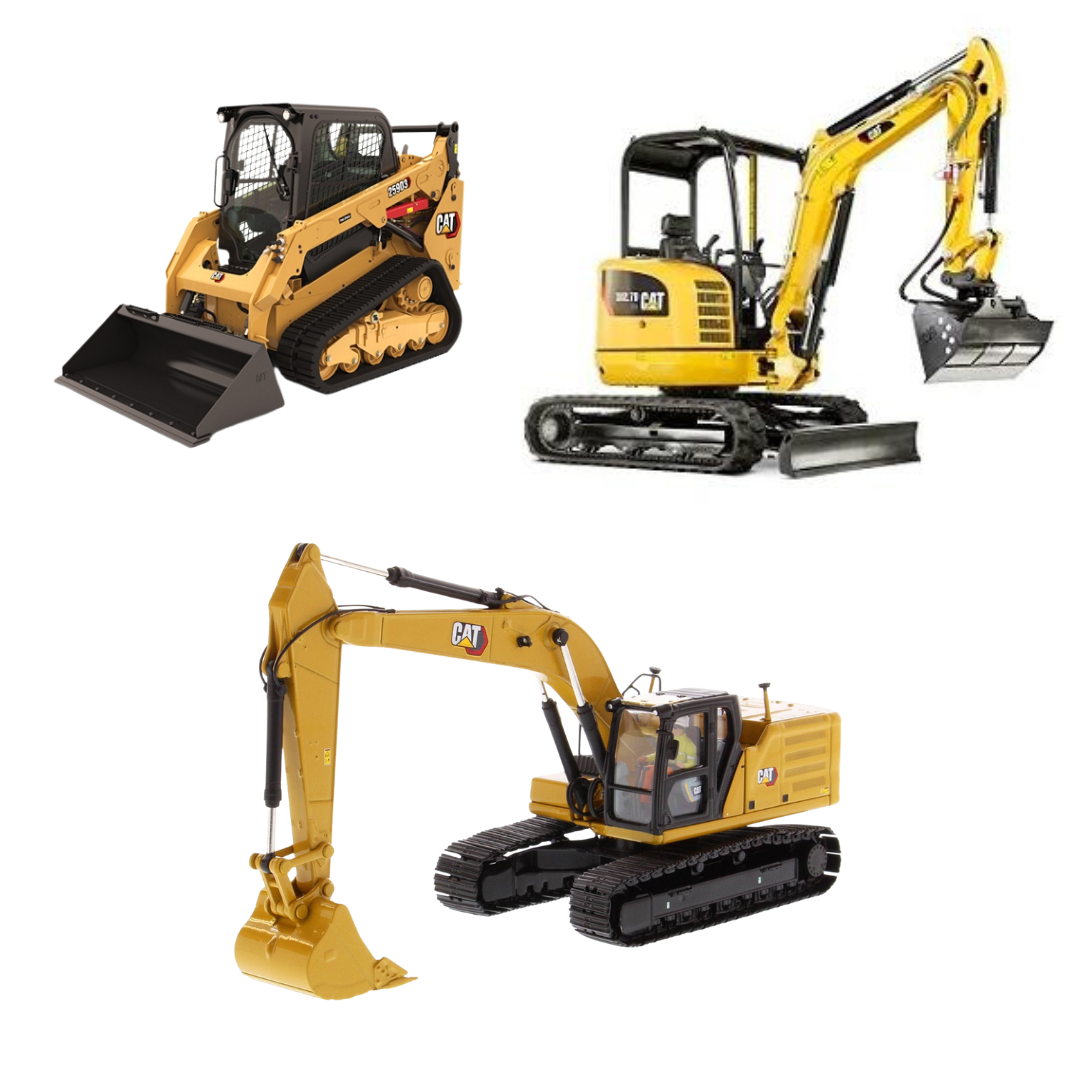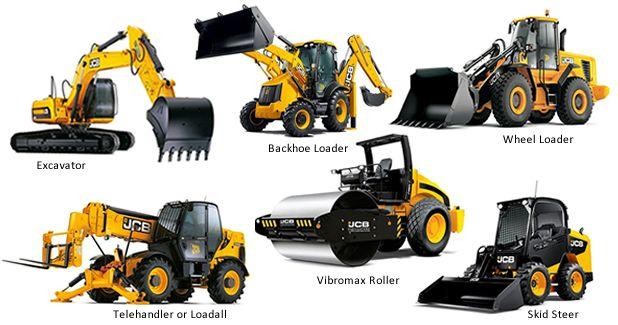Equipment Rental Company: Your Source for All Types of Equipment
Equipment Rental Company: Your Source for All Types of Equipment
Blog Article
Optimize Your Budget by Understanding the Expenses Related To Construction Equipment Rentals
Recognizing the complete range of expenses associated with building and construction devices leasings is critical for optimizing your budget. What methods can be utilized to successfully handle these expenses and make sure an extra reliable rental experience?
Summary of Rental Costs
When considering construction devices rentals, comprehending the linked expenses is vital for reliable budgeting and job preparation. Rental costs can differ substantially based on a number of elements, including equipment kind, period of service, and location. The first rental cost typically reflects the equipment's market need and its connected functional abilities, influencing the general cost.
Along with the base rental rate, secondary expenses might develop, such as transport fees, gas surcharges, and upkeep costs. It is important to make up these extra costs to precisely assess the total expense of leasing devices. In addition, the rental period can impact pricing; longer leasings may get approved for reduced rates, while temporary rentals may sustain greater day-to-day fees.

Failure of Rental Rates
A detailed understanding of rental prices is essential for contractors and task managers intending to maximize their budgets. Rental rates for building and construction tools usually contain several elements, consisting of base rates, time-based costs, and usage fees.
Base rates are the core costs related to the leasing of the equipment, often determined by the kind and size of the equipment. These rates can differ substantially, affected by variables such as tools demand, accessibility, and regional market patterns. Time-based fees, which may be daily, weekly, or monthly, serve to accommodate various project timelines and rental durations.
Furthermore, rental rates may include usage costs, which apply when tools is made use of past a defined threshold, making certain that the rental firm can make up wear and tear. Seasonal demand variations can also affect rental rates, with peak building seasons generally commanding greater prices.
Additionally, understanding the rental firm's plans pertaining to upkeep and insurance can supply additional understanding right into the general cost framework. By evaluating these parts, contractors can make enlightened decisions, making certain the choice of rental tools aligns with both job demands and budget plan restraints.
Added Costs to Think About
Understanding the ins and outs of extra charges is critical for contractors to manage their total service expenditures properly. Beyond the typical rental prices, various additional fees can considerably affect the total expense of devices service. These fees frequently consist of distribution and pick-up costs, which can differ based upon range and logistics entailed in transferring the tools to and from the job website.
Moreover, some rental firms might impose gas additional charges if the tools is returned with much less gas than when rented. It is also vital to be mindful of prospective cleaning fees, especially for specific equipment that calls for comprehensive upkeep after usage.

Thoroughly evaluating the rental arrangement and clarifying these extra fees ahead of time can aid specialists ensure and avoid unexpected expenses that budgets continue to be undamaged throughout the project lifecycle.
Maintenance and Repair Work Expenditures
Routine maintenance and fixing costs are often neglected variables that can significantly influence the general price of construction devices services. When renting out devices, it is essential to consider not just the rental charges but additionally the potential expenses linked with keeping the machinery in optimal operating condition.
Many rental companies include standard maintenance as part of the rental agreement; nonetheless, much more comprehensive repair work or unanticipated breakdowns can lead to additional expenditures. It's essential to examine the rental agreement meticulously to recognize what maintenance solutions are covered and what obligations drop on the occupant.
In addition, tools that is not properly maintained can cause inadequacies on the job website, possibly causing hold-ups and increasing task costs. To reduce these risks, it is a good idea to conduct regular evaluations and preserve open communication with the rental copyright relating to any kind of problems that arise throughout use.
Insurance Coverage and Obligation Prices
Insurance policy and obligation prices are vital components that can dramatically influence the overall expense of construction tools services (aerial lift rental). These costs make certain that both the rental company and the client are protected from prospective financial losses arising from accidents, damages, or theft during the rental duration

In addition, customers should understand any kind of deductibles or exemptions in the insurance plan, as these can affect potential out-of-pocket expenditures. Understanding the terms and conditions of any type of insurance policy coverage is crucial to prevent unexpected prices. Inevitably, budgeting for insurance policy and liability costs can help make sure a smoother rental experience and secure versus financial risks connected with building and construction tasks.
Final Thought
In verdict, an extensive understanding of the prices connected with building tools services is vital for efficient budget plan administration. Ultimately, informed decision-making pertaining to equipment leasings adds to the overall success of construction ventures.
Rental prices can differ considerably based on several aspects, consisting of tools type, duration of leasing, and location (aerial lift rental). The rental duration can affect pricing; longer leasings may certify for discounted prices, while temporary services could incur higher daily fees
By performing comprehensive study and involving with trustworthy rental firms, contractors can effectively browse the intricacies of boom lift rental rental pricing, eventually maximizing their economic resources.
Past the conventional rental prices, various additional fees can considerably affect the total expense of devices leasing. Rental firms frequently supply liability insurance that covers injuries to 3rd celebrations or damages to residential or commercial property, while equipment damage insurance coverage can cover the price of fixings or substitute if the leased tools is harmed.
Report this page